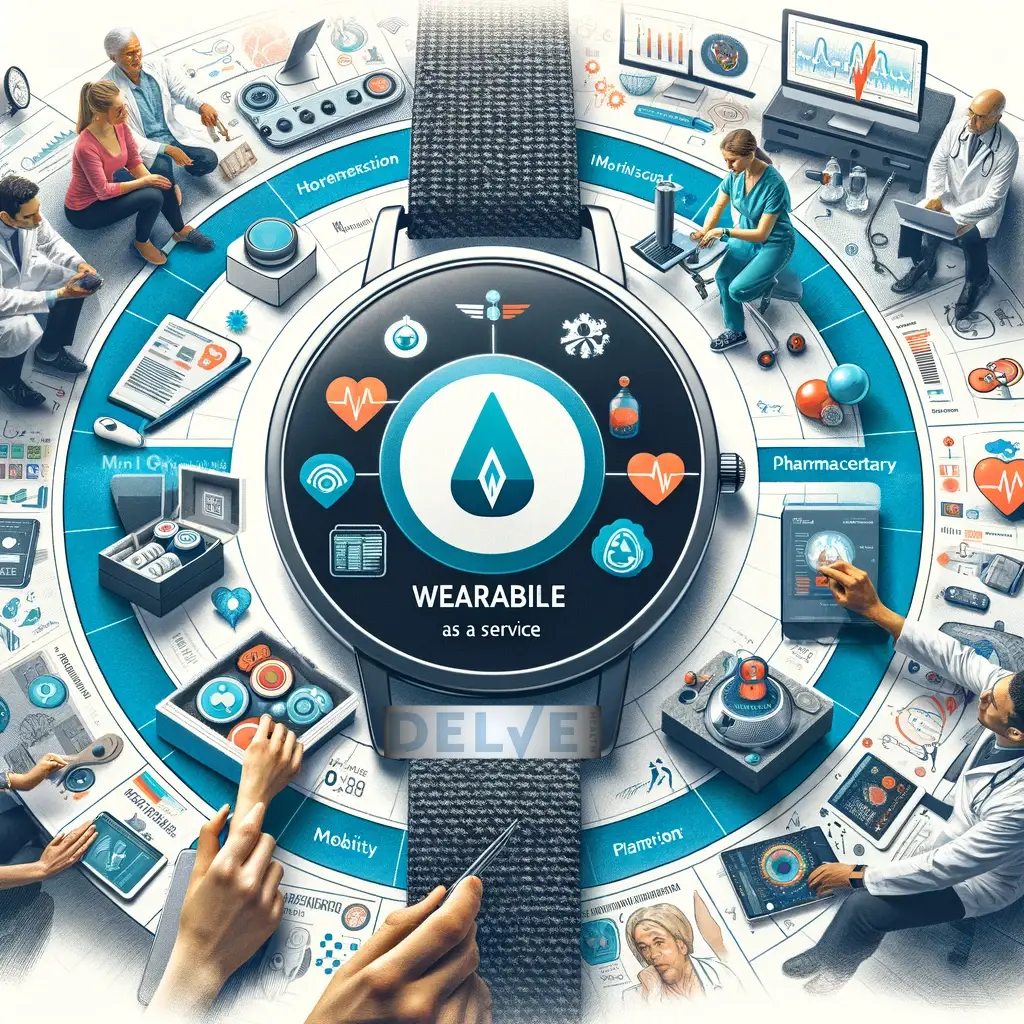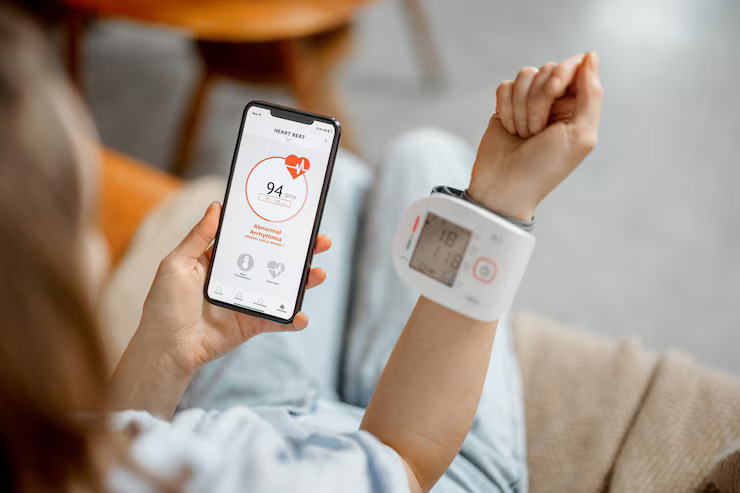Clinical trials are essential for the development of new drugs and treatments. The goal of clinical trials is to find better ways to prevent, diagnose, and treat diseases. Clinical trials help researchers learn more about a disease and how best to treat it. In the United States, there are many challenges in conducting clinical trials. However, the country is making progress in addressing these challenges. In this blog post, we will discuss the challenges and opportunities in transforming clinical research in the USA.
What are clinical trials and why do we need them?
Clinical trials are research studies in which people volunteer to test new treatments or therapies. It is conducted in phases. The first phase is designed to test the safety of the new treatment or therapy. If the treatment is found to be safe, then the trial moves on to the second phase. The second phase is designed to test the efficacy of the new treatment or therapy. If the treatment is found to be efficacious, then it may be approved for use in the general population. Without clinical trials, we would not have many of the lifesaving treatments that we have today.
How does it work and who can participate?
Clinical trials are conducted by researchers. Researchers develop a plan, called a protocol, for the clinical trial. The protocol includes information about the treatment being tested, how many people will be in the trial, and what types of tests and measures the researchers will use. Clinical trials are conducted at hospitals, universities, and other research centers.
People who participate in clinical trials are called subjects. Subjects must meet certain criteria to participate in a trial. For example, some trials may be for people with a particular type of cancer. Other trials may be for people of a certain age or gender.Not all clinical trials are open to everyone.
There are many reasons why people participate in clinical trials. Some people participate to help researchers learn more about a disease and how best to treat it. Others may participate because they are interested in trying a new treatment that is not yet available. And still, others participate in clinical trials because they want to help advance medical science.
Whatever the reason, people who participate in clinical trials play a vital role in the development of new treatments and therapies. Clinical trials would not be possible without the help of volunteers.
Clinical trials protocol
A clinical trial protocol is a document that describes the purpose of a clinical trial, the treatments being tested, and the procedures for conducting the trial. The protocol also includes information about who can participate in the trial.
Avoiding bias
Bias is when researchers allow their personal beliefs to influence how they study a treatment. Bias can lead to inaccurate results. Researchers must be careful to avoid bias when conducting clinical trials.
One way to avoid bias is to use a placebo. A placebo is a treatment that has no active ingredient. Placebos are used in clinical trials to help control for the effects of bias.
Comparison groups
Using a comparison group is one way to avoid bias. A comparison group assists researchers in determining whether the new treatment is superior to the standard or placebo treatment. In a clinical trial, one group of subjects receives the new treatment under investigation, while another group receives a standard treatment or a placebo.
Randomization
Randomization is the process of assigning subjects to treatment groups by chance. This helps to ensure that the groups are equally balanced and that the results of the trial are not biased.
Masking or blinding
Masking or blinding is when researchers do not tell subjects which treatment they are receiving. Masking helps to prevent bias.
Common Challenges: How is the USA Addressing Them?
Clinical trials are an essential part of developing new medications and treatments, but they can be complex and time-consuming. However, there are several common challenges that researchers face when conducting clinical trials. The United States is working to address some of the challenges associated with clinical trials in order to make them more efficient and effective.
Slower patient recruitment than required
One of the challenges in conducting clinical trials in the USA is slower patient recruitment than required. In order to test a new medical treatment, researchers need to find people who are willing to participate in the trial. However, it can be difficult to find enough people who are willing and eligible to participate.
One possible solution to the challenge of slower patient recruitment is to increase awareness of clinical trials among potential participants. This can be done through advertising and by providing more information about how clinical trials work.
Compliance with several rules and regulations
Compliance with several rules and regulations can be difficult for researchers to manage. This is because the rules and regulations can vary from state to state. Additionally, each site must be staffed and equipped to comply with the regulations. Finally, compliance can be costly.
Managing multiple sites
One way to manage multiple sites is by using technology to help coordinate activities among multiple sites. This can include using a clinical trial management system (CTMS) to track site activity or using electronic data capture (EDC) to collect data from sites. Additionally, researchers can hold regular meetings with site staff to ensure that everyone is aware of their responsibilities and is following the protocol correctly.
Preventing professional patients
One way to prevent professional patients from enrolling in clinical trials is by verifying patient eligibility before enrolling them in the trial. This can be done by checking their medical history and confirming that they meet the inclusion and exclusion criteria for the trial. Additionally, researchers can contact the patients’ doctors to verify that they are eligible for the trial.
How are clinical trials changing in the USA?
Clinical trials are changing in the USA so that they can be more successful and less costly. Here are some examples:
Moving from fixed to flexible study designs
The US is moving from fixed to flexible study designs in order to improve speed and success while reducing costs. In a fixed study design, the protocol is followed exactly as it is written. However, in a flexible study design, the protocol can be adapted as needed based on the results of the trial. This allows researchers to make changes quickly and efficiently, which can speed up the process and reduce costs.
Improving speed and success while reducing cost
One way to improve speed and success while reducing cost is by using adaptive designs. Adaptive designs allow researchers to make changes to the trial as it is happening. This helps to improve the speed and success of the trial while reducing its cost.
Making adaptive designs USA default approach
Another way that clinical trials are changing in the United States is by becoming more adaptable. This means that researchers will start with a flexible study design and make changes to it as needed based on the data that is collected.
Better data, regulatory openness
Finally, better data and regulatory openness are helping to improve the efficiency and effectiveness of clinical trials in the USA. Better data allows researchers to make more informed decisions about how to proceed with a trial. Additionally, regulatory openness allows researchers to more easily share data with other researchers. This helps to improve collaboration and makes it easier for researchers to identify potential patients for clinical trials.
Conclusion
Overall, the USA is facing many challenges in clinical research. However, there are also many opportunities to improve the speed, success, and cost of clinical trials. By moving from fixed to flexible study designs, using adaptive designs, and improving data sharing, the USA can improve the efficiency and effectiveness of clinical trials. Additionally, by making these changes, the USA can improve the speed and success of clinical trials while reducing their cost.






































